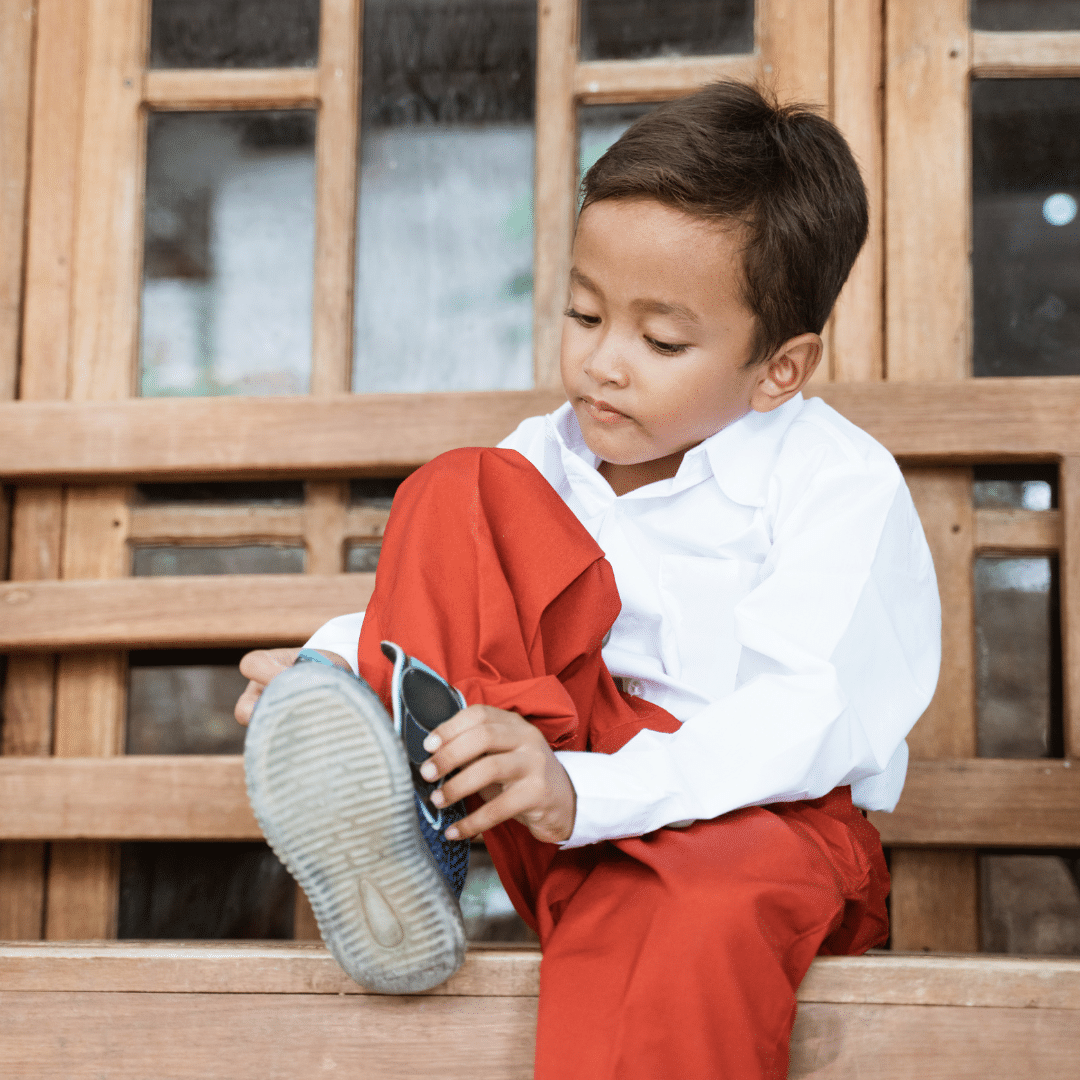
16 Jan Visual Schedules
What’s the key to magnificent mornings when we return to school? Visual schedules! Our founder/Clinical Director, Kristin, tells you all about them!
I hope that you have thoroughly enjoyed your summer school holidays.
I love the slow pace of the school holidays – nowhere to be, no lunches to make. When I think about school going back, I feel a teensy twinge of dread. Morning routines in our house can be particularly challenging.
One thing that has helped us tremendously over the years is using a visual schedule. Since they were young, I have had a visual schedule handy to support my kids’ independence in completing routines. Independence is a win-win. Kids love feeling more in control of what they do and when they do it. I love having a little more time to do the things I need to do in the morning (feed the dog, make lunches and – if I’m very lucky – wrangle my hair into a presentable state!).
Visual schedules are a ‘to-do’ list for the morning routine (and who doesn’t love a good to-do list!). It provides a step-by-step process for getting ready and getting out the door. It can be super helpful for all kids, but especially for children with executive functioning/organisational challenges (e.g. for children with ADHD)
Making a to-do list can take a bit of planning. Here are my top tips:
- Set up the visual schedule the afternoon before (at least!). Review it with the kids, and do a ‘dry run’ beforehand.
- Involve the kids in creating their visual schedules. They should feel that it is done with them rather than to them. It gives you an opportunity to connect with them and helps them to feel responsible and in control. Plus, it’s a great opportunity for them to practice remembering the steps of their morning routine.
- Let them decide the order in which the visual schedule is set (within reason! For us, brushing teeth after breakfast is a non-negotiable!)
- Younger kids may need pictures. You can use a good old Google image search, and they can pick their favourite images. If you have access to Canva, this is also a great way to make a schedule.
- For older kids (who can read well), you can’t go past a whiteboard. Very easy to create and to rearrange activities if needed, plus kids love swiping the activities off when they are finished.
- If possible, try to ‘sprinkle’ the visual schedule with more highly preferred ‘fun’ things in between the boring routine stuff. For example, you might consider a few minutes to read a book or to cuddle together after getting dressed.
- Practice the schedule as much as you can BEFORE school goes back. This ensures that kids are ready to hit the ground running on Day 1 of school.
- As always, celebrate progress.
Looking for some more hands-on support to get your mornings in top shape? Reach out to us!
All the best for a fabulous return to school!
Kristin
Stay in the Loop
Keep up with the latest from To the Moon & Back by subscribing to our newsletter and following us on social media.
Instagram: @tothemoonandbacktherapy


No Comments